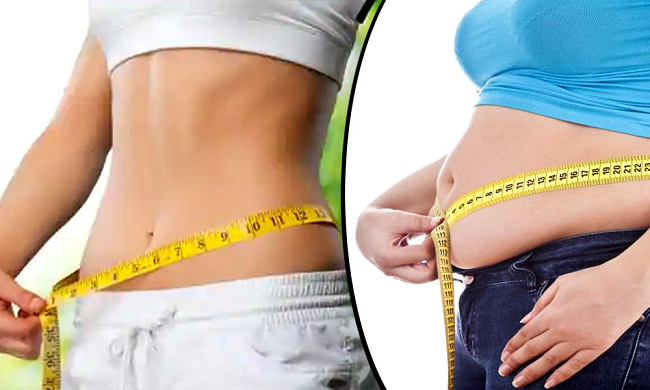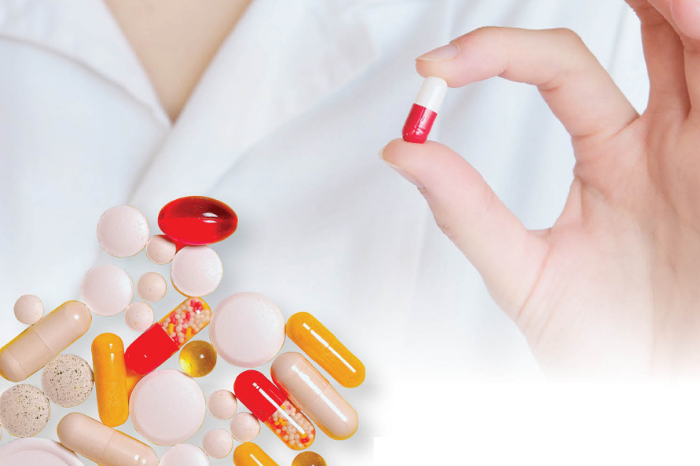
You might have seen women searching for weight loss tips for women when they reach an age of 40. They don’t understand why their weight is escalating at pace? Why their fat cells are budding at a higher rate even when they are following the same schedule for over several years? The reason is quite simple, as you get older your metabolism slows down and losing weight thus turns out to be a challenge. But, don’t worry there are several weight loss tips for women available besides this aging process.
Below are 7 effective weight loss tips for women over 40.

1. Exercise to Boost Your Metabolism
Loss of muscle mass with aging is one of the biggest reasons for slow down of metabolism. A routine workout or exercise will not only facilitate in strengthening of body but will also boost up metabolic activity which in turn burn up extra calories.
2. Stop Blaming the Hormones
It is a fact that hormones are responsible for weight gain after 40. Instead of making your focus over hormonal changes, turn fitness milestones your new target. You can defeat these altered hormones by few activities like signing up for a marathon, workout at gym, playing outdoor games with buddies, etc. This is one of the most effective weight loss tips for women with which you can get significant weight loss.
3. Lose the Excuses
It is often said that “Time is Money” and it’s true to some extent but that money is useless, if you are not having time. Don’t make excuses that you don’t get time for workout because by doing these you are you are becoming barrier in your own health and fitness. You should prioritize your tasks and manage time for proper exercise. Jogging, walking, cycling, singing, yoga, etc are one of the best weight loss tips for women.
4. Let’s Get Clean
After 40’s, you should very cautious of whatever you intake. It is better to have a low calorie diet plan with natural diet supplements. Try to get rid off of regular sugar and caffeine. You should try to stay away from unhealthy and junk food while following any of the low calories diet plan or diet supplements.
5. Hydrate for Better Health
Don’t forget to drink at least 8-10 glass of water daily. If you can drink more, do not hesitate. Overeating may ground to dehydration. Drinking water not only offers weight loss but also helps in removal of toxins from body.
6. Include 2 Brazil Nuts a Day
Include 2 Brazil nuts a day as diet supplements to your low calories diet plan. As per a research by scientists, it was discovered that these nuts control our fat metabolism. The key reason to include these nuts in weight loss tips for women is that they have hidden elements to boost your health program.
7. Don’t Forget Your Daily Magic Pill
A combo pack of low calories diet plan and regular exercise with diet supplements is the best magic pills for women over 40 who wish weight loss. Always make a habit of eating small quantity of food after frequent time intervals instead of making three heavy diets. Always include fresh fruits and vegetables in your healthy weight loss diet plan.
After reading and following these weight loss tips for women, there is no reason to say that you failed to achieve your target of weight loss.

